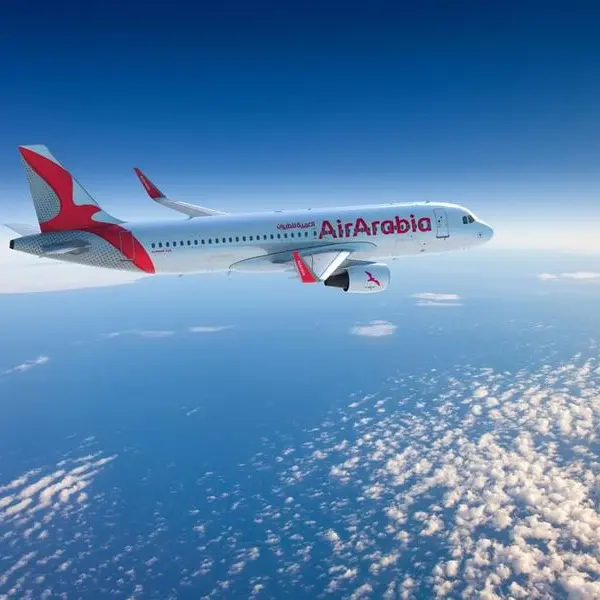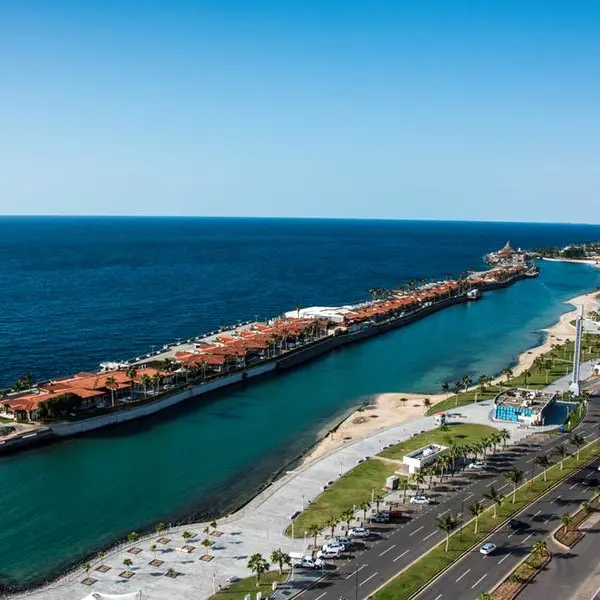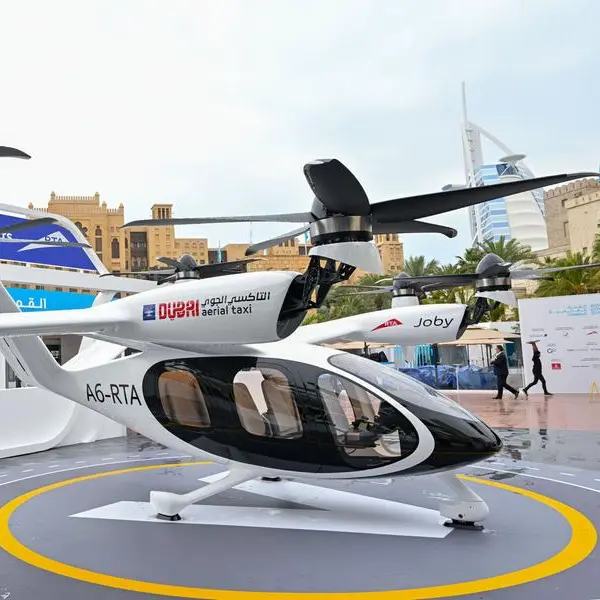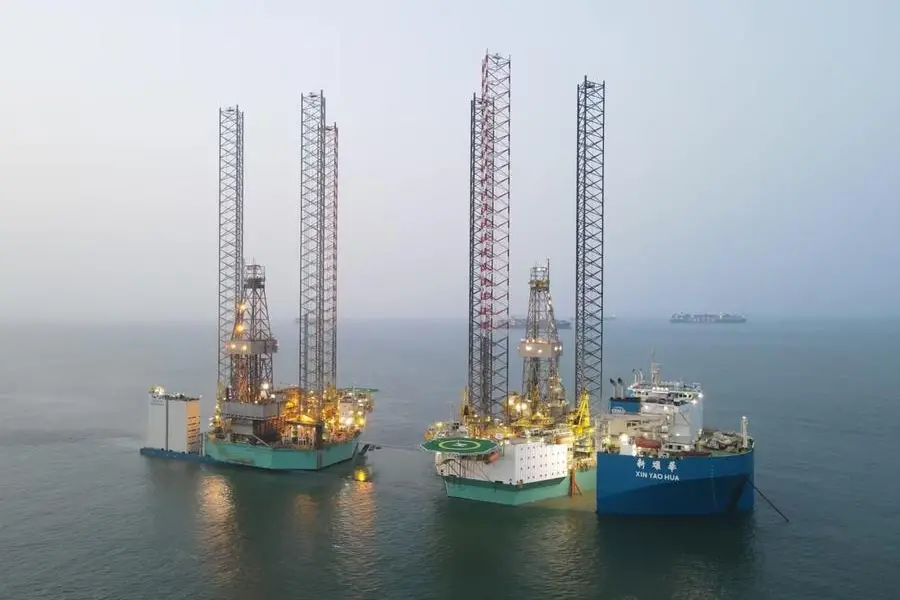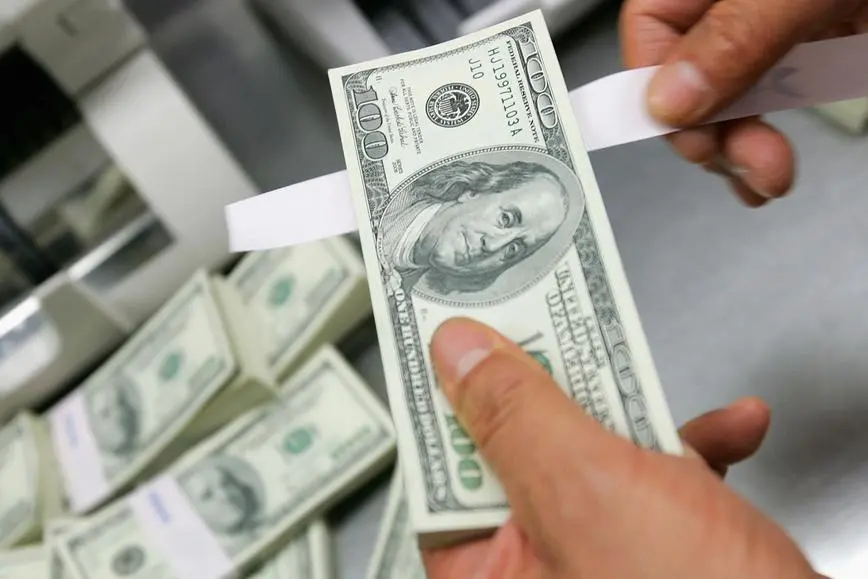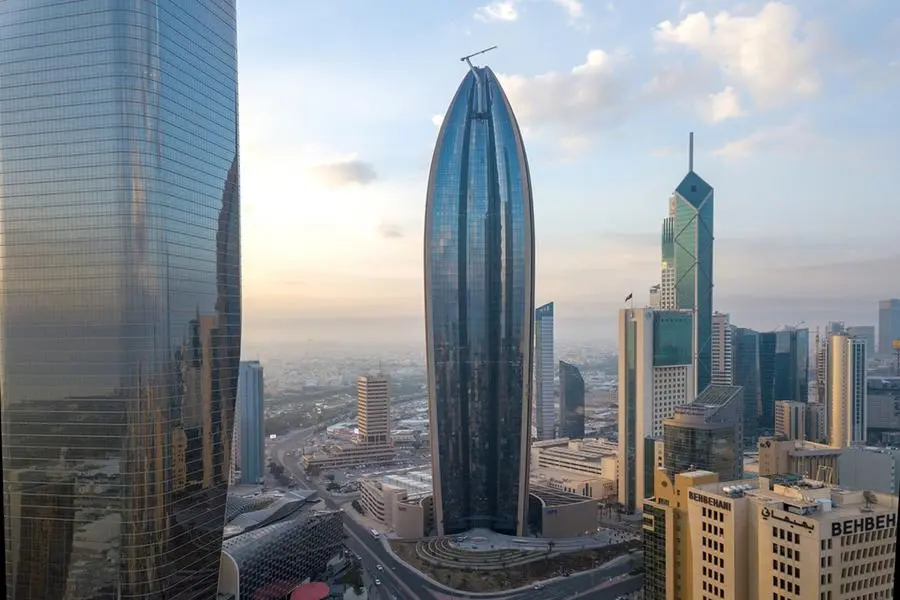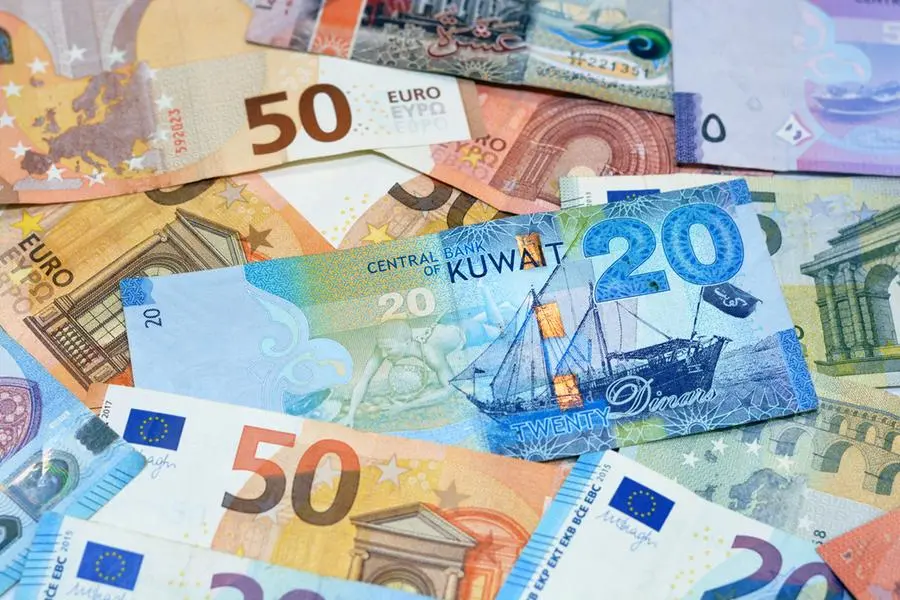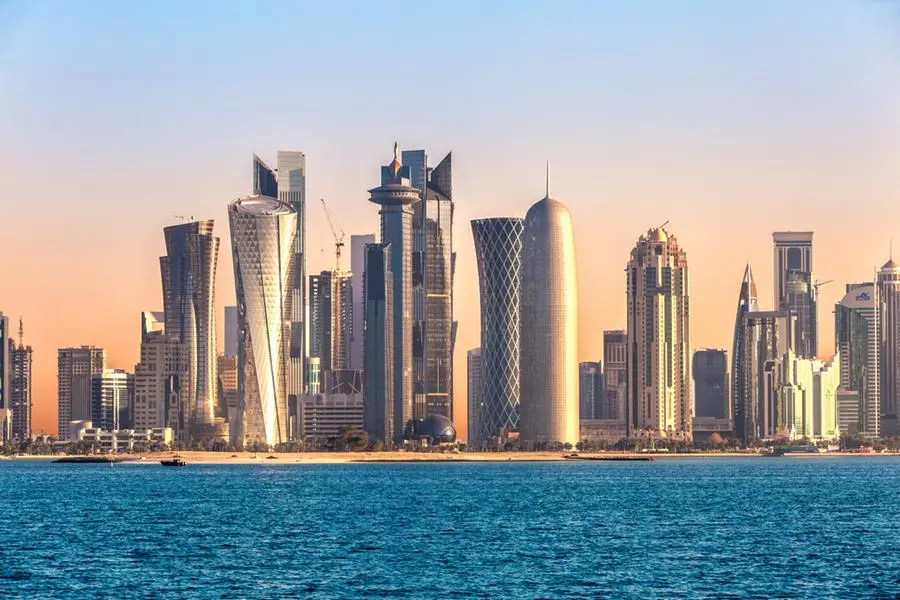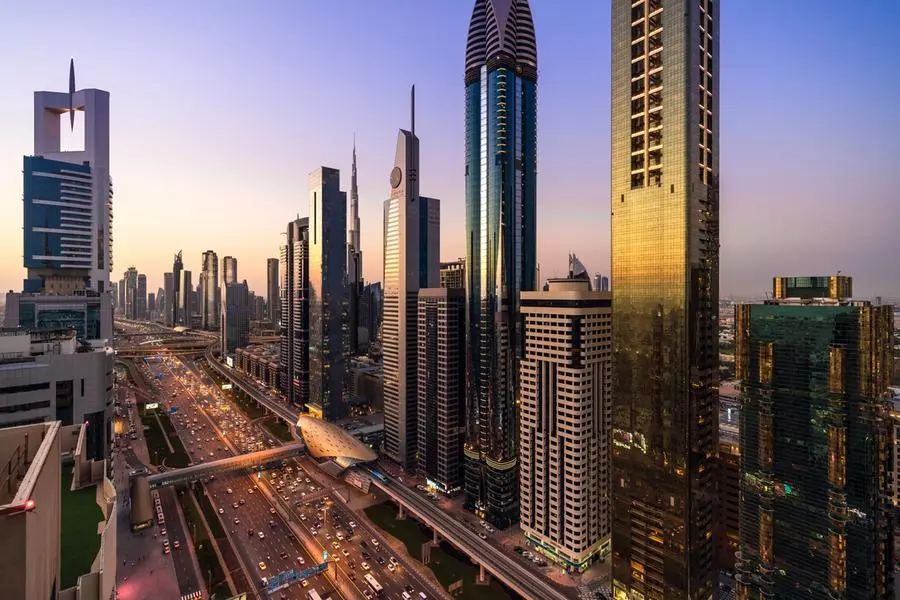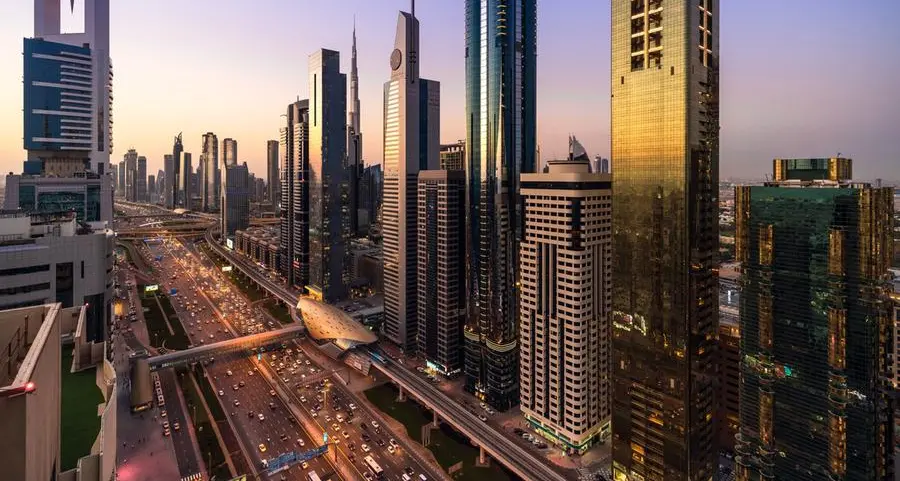06 May 2012
KUWAIT CITY: The Amghara warehouse fire Friday less than a month after the Jahra tire-dump blaze strengthens the case for the constructive reuse of the millions of scrap tires in the junkyards of Kuwait.
Dr S. Neelamani, Senior Research Scientist and Program Manager, Coastal Management Program under KISR's Environment and Urban Development Division was talking to the Arab Times Sunday.
Close on the heels of the Jahra blaze, KISR had proposed reusing scrap tires in the construction of floating wave barriers to great environmental and ecological advantage.
On Sunday, Dr Neelamani said the idea is in its nascent stage, and will take up to a year and half to become a reality. As the model of tire breakwaters is in use in some parts of the world, scientists at KISR do not doubt its feasibility.
However, we are studying the quality of tires in the junkyards of Kuwait, and what impact they would have on the seawaters in Kuwait in terms of pollution.
Dr Neelamani had earlier explained that tire breakwaters are environment friendly as they are not disintegrable with seawater and act as artificial reefs creating safe havens for juvinile marine life.
The worrying part is only the external pollutants the scrap tires carry from the junkyards, and how they should be treated to rid them of the pollutants, he added.
The scientific team is also studying the optimum formation of tires in the breakwater model for Kuwait's conditions. "The arrangement of tires has a big bearing on the impact of waves on the floating structure."
KISR will be presenting a technical report on the findings of its studies on tire breakwaters to the government soon.
Meanwhile, KISR's studies on other floating-breakwater models have been making rapid progress, and is nearing conclusion. Recently, an organization of scientists had tested a miniature model in a fish-tank environment with encouraging results.
KUWAIT CITY: The Amghara warehouse fire Friday less than a month after the Jahra tire-dump blaze strengthens the case for the constructive reuse of the millions of scrap tires in the junkyards of Kuwait.
Dr S. Neelamani, Senior Research Scientist and Program Manager, Coastal Management Program under KISR's Environment and Urban Development Division was talking to the Arab Times Sunday.
Close on the heels of the Jahra blaze, KISR had proposed reusing scrap tires in the construction of floating wave barriers to great environmental and ecological advantage.
On Sunday, Dr Neelamani said the idea is in its nascent stage, and will take up to a year and half to become a reality. As the model of tire breakwaters is in use in some parts of the world, scientists at KISR do not doubt its feasibility.
However, we are studying the quality of tires in the junkyards of Kuwait, and what impact they would have on the seawaters in Kuwait in terms of pollution.
Dr Neelamani had earlier explained that tire breakwaters are environment friendly as they are not disintegrable with seawater and act as artificial reefs creating safe havens for juvinile marine life.
The worrying part is only the external pollutants the scrap tires carry from the junkyards, and how they should be treated to rid them of the pollutants, he added.
The scientific team is also studying the optimum formation of tires in the breakwater model for Kuwait's conditions. "The arrangement of tires has a big bearing on the impact of waves on the floating structure."
KISR will be presenting a technical report on the findings of its studies on tire breakwaters to the government soon.
Meanwhile, KISR's studies on other floating-breakwater models have been making rapid progress, and is nearing conclusion. Recently, an organization of scientists had tested a miniature model in a fish-tank environment with encouraging results.
© Arab Times 2012



